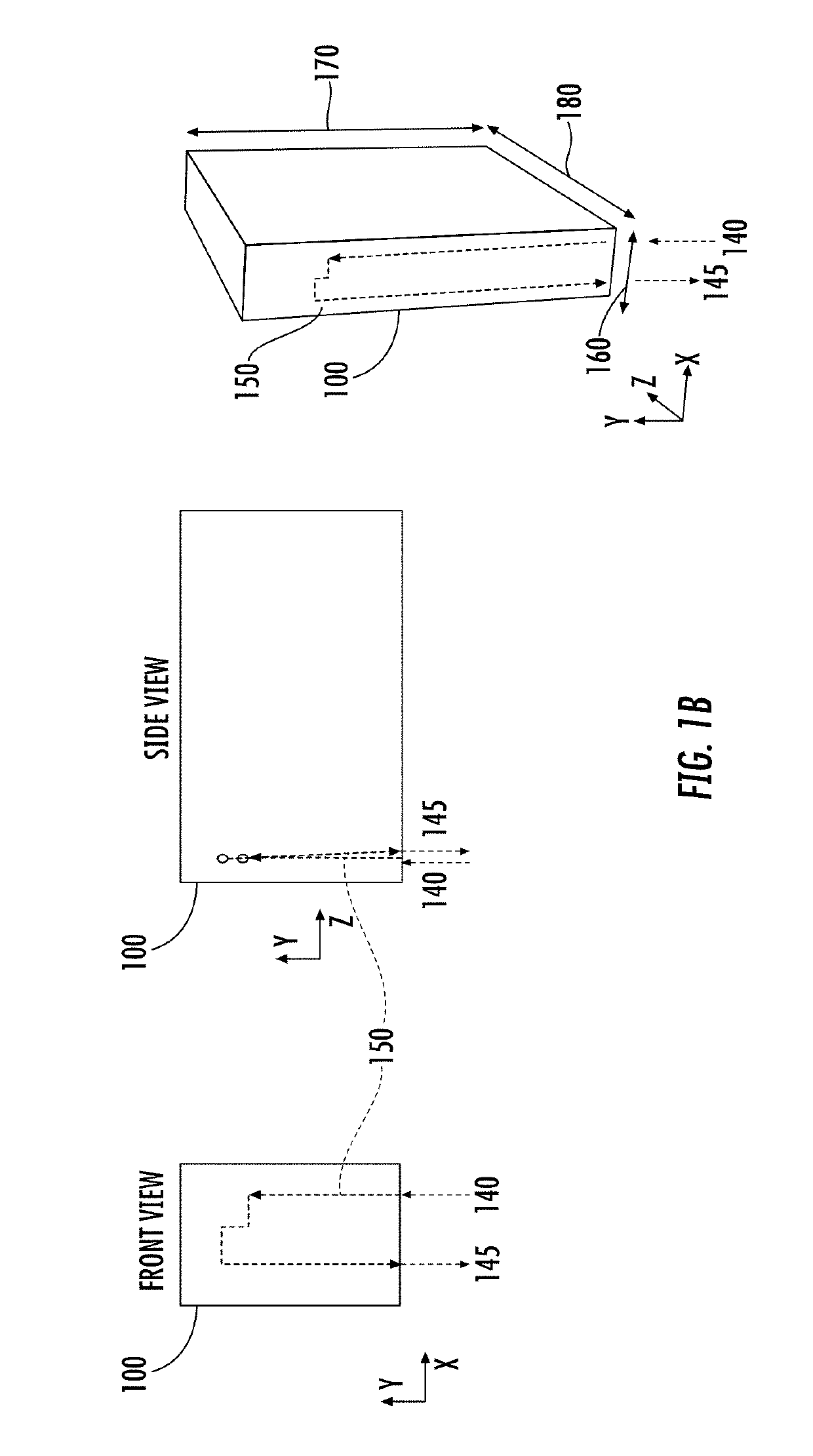Microfluidic chip device for optical force measurements and cell imaging using microfluidic chip configuration and dynamics
a microfluidic chip and microfluidic chip technology, applied in the field of particle analysis and imaging devices, can solve the problems of increasing the problem of particle settling, not intuitive, and significant additional settling, so as to improve the imaging from multiple viewpoints, minimize horizontal runs, and improve flow
- Summary
- Abstract
- Description
- Claims
- Application Information
AI Technical Summary
Benefits of technology
Problems solved by technology
Method used
Image
Examples
example 1
Assessment of T-Cell Activation
[0080]Frozen Human Peripheral Blood Pan-T cells were obtained from a commercial source. The cells were thawed into medium and seeded into 96 well plates at a concentration of 1e6 cells / mL. Treated cells received 5 μL of IMMUNOCULT™ (STEMCELL™ Technologies, Vancouver Canada) activator per well (200 μL), while untreated cells received only medium (mock). Cells were treated on Day 0 and both treated and untreated cells were harvested every 24 hours for 4 days starting on Day 1. Harvested cell samples were centrifuged and the pellet was resuspended in LUMACYTE™ (Charlottesville, Va.) stabilization fluid at a concentration of approximately 5e5 cells / mL prior to analysis with a RADIANCE™ instrument. A portion of each cell sample was also fixed and labeled with a CD25 antibody and measured using a flow cytometer in order to confirm activation. Changes were seen in multiple parameters as a result of treatment demonstrating the potential to monitor T cell activ...
PUM
| Property | Measurement | Unit |
|---|---|---|
| diameter | aaaaa | aaaaa |
| diameter | aaaaa | aaaaa |
| length | aaaaa | aaaaa |
Abstract
Description
Claims
Application Information
 Login to View More
Login to View More - R&D
- Intellectual Property
- Life Sciences
- Materials
- Tech Scout
- Unparalleled Data Quality
- Higher Quality Content
- 60% Fewer Hallucinations
Browse by: Latest US Patents, China's latest patents, Technical Efficacy Thesaurus, Application Domain, Technology Topic, Popular Technical Reports.
© 2025 PatSnap. All rights reserved.Legal|Privacy policy|Modern Slavery Act Transparency Statement|Sitemap|About US| Contact US: help@patsnap.com



